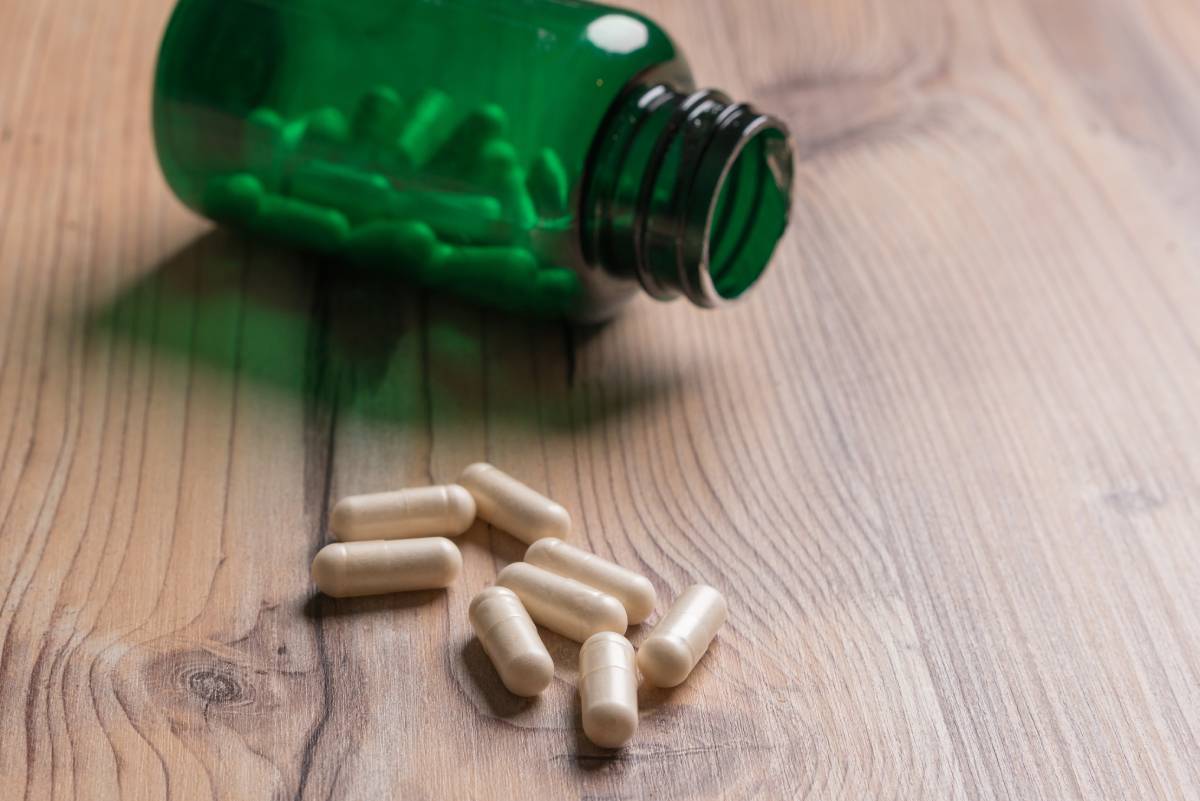Cartilage is the fibrous and elastic connective tissue that exists throughout the body and serves various purposes.1 Joint cartilage, known as articular cartilage, covers bones in locations such as the knee, hip, and wrist, allowing the bones in a joint to smoothly glide over one another and absorb shock.1 Cartilage damage is a common injury that may occur from a sudden injury or from gradual wear and tear,2 the latter of which can lead to osteoarthritis, a common form of arthritis characterized by pain, stiffness, and swelling in the joints resulting from the partial or complete breakdown of joint cartilage.3 Cartilage health is a significant public health issue: over 90 million Americans suffer from osteoarthritis alone.4 Many different approaches to support cartilage health exist, ranging from physical activity to dietary supplements.
Cartilage, which lacks blood vessels, does not heal well on its own. While more severe cases of cartilage damage may require replacement of the entire joint or other surgical intervention, self-care measures exist for moderate cases. Supplements are a popular form of such treatment that have been found to alleviate joint pain and reduce joint inflammation. Specifically, the supplements glucosamine (GlcN) and chondroitin sulfate (CS) have been the subject of many studies, most of which corroborate their efficacy in improving cartilage health but some of which were inconclusive.
GlcN is a type of glycosaminoglycan (a polysaccharide containing amino groups) that exists naturally in cartilage and that can delay degeneration and reduce osteoarthritic pain when administered orally.5 GlcN has multiple properties that enable it to achieve these physiological effects. Its primary mechanism of action is to reduce the inflammation associated with OA; it lowers the expression of p38 mitogen-activated protein kinase (MAPK) and c-Jun N-terminal kinase (JNK), factors associated with OA-related inflammation.6 GlcN also has antioxidant properties. Like the antioxidants curcumin and vitamin E, GlcN can alleviate pain and restore joint function in OA patients.7 There are several possible mechanisms for this effect, including the ability of GlcN to upregulate antioxidant enzyme levels and to suppress levels of damaging oxygen radicals.8 However, some studies have shown that glucosamine did not improve OA: Kwoh et al. studied the knee joint structure of those with chronic knee pain using magnetic resonance imaging and found no change after a 24-week GlcN treatment.9 Results such as these demonstrate the need for further studies on the efficacy of GlcN.
Like GlcN, CS is also a natural component of cartilage and is in part responsible for its resistance and elasticity.10 In addition to its anti-inflammatory effect, CS also resolves the symptoms of OA by increasing the synthesis of type II collagen and proteoglycan, components of cartilage, in chondrocytes.11 CS has anti-apoptic effects; it has been found to reduce the number of apoptosis events in vitro and in vivo.12
S-adenosylmethionine (SAMe) is another compound among supplements for OA that, like the first two, has largely been found to be effective in improving cartilage health. SAMe is synthesized from methionine and ATP and is involved in several biochemical pathways.13 A possible mechanism of action unique to SAMe relates to its observed effect on the liver. Alcoholic liver disease can arise from decreased SAMe levels because SAMe functions to reduce oxidative stress.13 This same phenomenon may occur in the joints, which could explain why taking SAMe as a supplement helps reduce joint pain.
References
1. MD, E. K. What Is Cartilage? Arthritis Health https://www.arthritis-health.com/types/joint-anatomy/what-cartilage.
2. Cartilage damage. National Health Service https://www.nhs.uk/conditions/cartilage-damage/ (2017).
3. Osteoarthritis (OA) | Arthritis. CDC. https://www.cdc.gov/arthritis/basics/osteoarthritis.htm (2020).
4. Krishnan, Y. & Grodzinsky, A. J. Cartilage Diseases. Matrix Biol. J. Int. Soc. Matrix Biol. 71–72, 51–69 (2018). doi:10.1016/j.matbio.2018.05.005.
5. Al-Saadi, H. M., Pang, K.-L., Ima-Nirwana, S. & Chin, K.-Y. Multifaceted Protective Role of Glucosamine against Osteoarthritis: Review of Its Molecular Mechanisms. Sci. Pharm. 87, 34 (2019).
6. Wen, Z.-H. et al. Glucosamine sulfate reduces experimental osteoarthritis and nociception in rats: association with changes of mitogen-activated protein kinase in chondrocytes. Osteoarthritis Cartilage 18, 1192–1202 (2010).
7. Cheng, D. W. et al. An analysis of high glucose and glucosamine-induced gene expression and oxidative stress in renal mesangial cells. Arch. Physiol. Biochem. 112, 189–218 (2006).
8. Mendis, E., Kim, M.-M., Rajapakse, N. & Kim, S.-K. Sulfated glucosamine inhibits oxidation of biomolecules in cells via a mechanism involving intracellular free radical scavenging. Eur. J. Pharmacol. 579, 74–85 (2008).
9. Kwoh, C. K. et al. Effect of Oral Glucosamine on Joint Structure in Individuals With Chronic Knee Pain: A Randomized, Placebo-Controlled Clinical Trial. Arthritis Rheumatol. 66, 930–939 (2014).
10. Henrotin, Y., Mathy, M., Sanchez, C. & Lambert, C. Chondroitin Sulfate in the Treatment of Osteoarthritis: From in Vitro Studies to Clinical Recommendations. Ther. Adv. Musculoskelet. Dis. 2, 335–348 (2010).
11. Wang, L., Wang, J., Almqvist, K. F., Veys, E. M. & Verbruggen, G. Influence of polysulphated polysaccharides and hydrocortisone on the extracellular matrix metabolism of human articular chondrocytes in vitro. Clin. Exp. Rheumatol. 20, 669–676 (2002).
12. Jomphe, C. et al. Chondroitin sulfate inhibits the nuclear translocation of nuclear factor-kappaB in interleukin-1beta-stimulated chondrocytes. Basic Clin. Pharmacol. Toxicol. 102, 59–65 (2008).
13. Hosea Blewett, H. J. Exploring the mechanisms behind S-adenosylmethionine (SAMe) in the treatment of osteoarthritis. Crit. Rev. Food Sci. Nutr. 48, 458–463 (2008).
